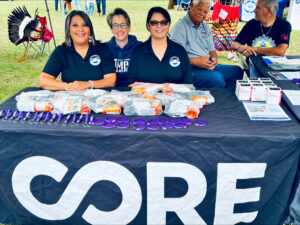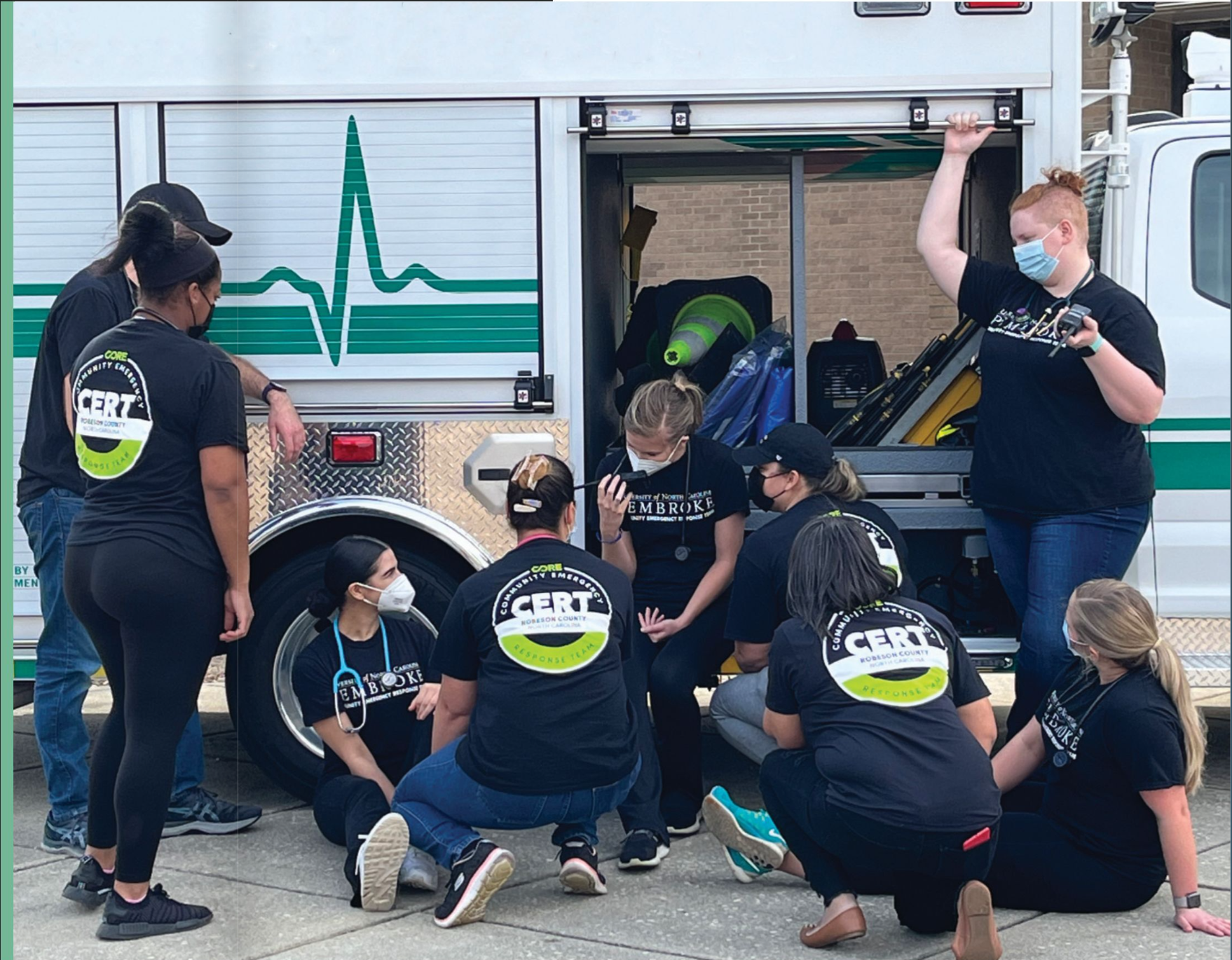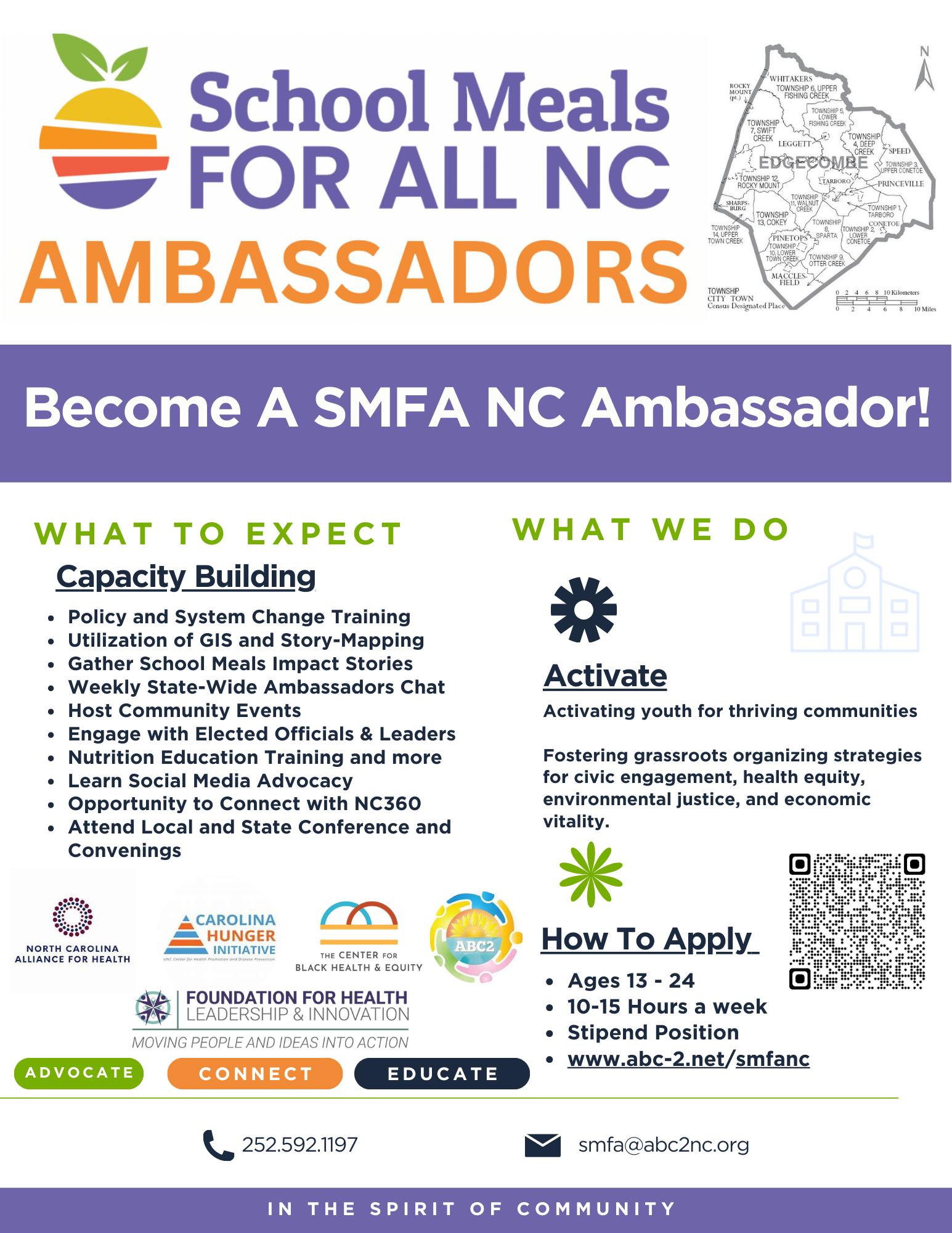Reducing Stigma Saving Lives
In 2022, the rate of overdose death in Robeson County was 78.9 compared to 36.9 for all of North Carolina.

Reducing Stigma Saving Lives: In Robeson County, the Lumbee tribal community accounts for 43% of the population and African Americans account for 23% of the population. In the last 1 – 2 years, rates of opioid overdose death have been highest in Native American and African American populations nationally. In NC, the opioid overdose death rate for Native American populations is a staggering 55 per 100,000, compared to 33 per 100,000 for white populations. Robeson County continually ranks in the top 5 – 10 counties of NC with the highest overdose death rates while also experiencing substantial barriers to accessing life-saving measures, including a lack of physicians offering addiction treatment, a knowledge gap about the life saving medication naloxone, and stigmas that interfere with people accessing addiction treatment.
This work will improve community awareness and understanding about the opioid epidemic, opioid use disorder and harm reduction measures. The academic partners will assist the community partners in designing an evaluation plan of the naloxone/stigma training that will enhance the training efforts, improving the community’s access and utilization of naloxone for overdose reversal. Additionally, the community members will assist the academic partners in targeting technical assistance toward physician staff who will integrate addiction treatment into their clinical practice. At the end of this project period, physician staff will initiate and provide treatment for opioid use disorder in their practice.
Community based program to build awareness and treatment for those with opioid use disorder.
Proposed Aims:
- Robeson County community members will be trained about naloxone and stigma toward those with opioid use disorder.
- Evaluations will be performed throughout the project period, allowing for adjustment of trainings as needed to ensure project effectiveness.
- The project aims to train 10 physicians/advanced practice providers with goal of all of them prescribing medications for opioid use disorder by the end of the project period.
Community-Academic Partners
Reducing Stigma Saving Lives is led by the following Robeson County community members and UNC members:
UNC School of Medicine Department of Pharmacology
UNC School of Medicine Department of Psychiatry
Community Organized Relief Efforts (CORE) and Community Emergency Response Teams (CERT)
Community Organized Relief Efforts (CORE) and Community Emergency Response Teams (CERT)
News
Presented at the 2024 Addiction Medicine Conference
Team members from CORE NC and UNC School of Medicine attended and presented at the 2024 Addiction Medicine Conference organized by the Governor’s Institute and co-sponsored by the NC Society of Addiction Medicine. The conference took place in Asheville on April 19-20, offering an educational experience focused on treating and preventing substance use disorders (SUDs) with an emphasis on harm reduction strategies.
“Low Threshold MOUD: Partnering with Community to Expand Access” highlighted UNC’s innovative mobile clinic model that is increasing access to low-barrier MOUD treatment for African American and Indigenous populations. UNC’s unique approach involves providing care in parking lots and fostering community partnerships. The presentation also covered the implementation of the mobile clinic and the key components of building relationships with community stakeholders like CORE. During the conference, UNC and CORE discussed important aspects of our partnership. CORE shared insights on the following key questions:
- What qualities are essential in a mobile clinic partnership?
- What challenges might arise when working with a large institution?
- How can trust be built and maintained in this partnership?
- What factors contribute to a trusting and successful partnership?
CORE Impact Report 2022-2023
Related Community Events
Events are subject to change. Please check back prior to the event or contact the event coordinator for additional details.

